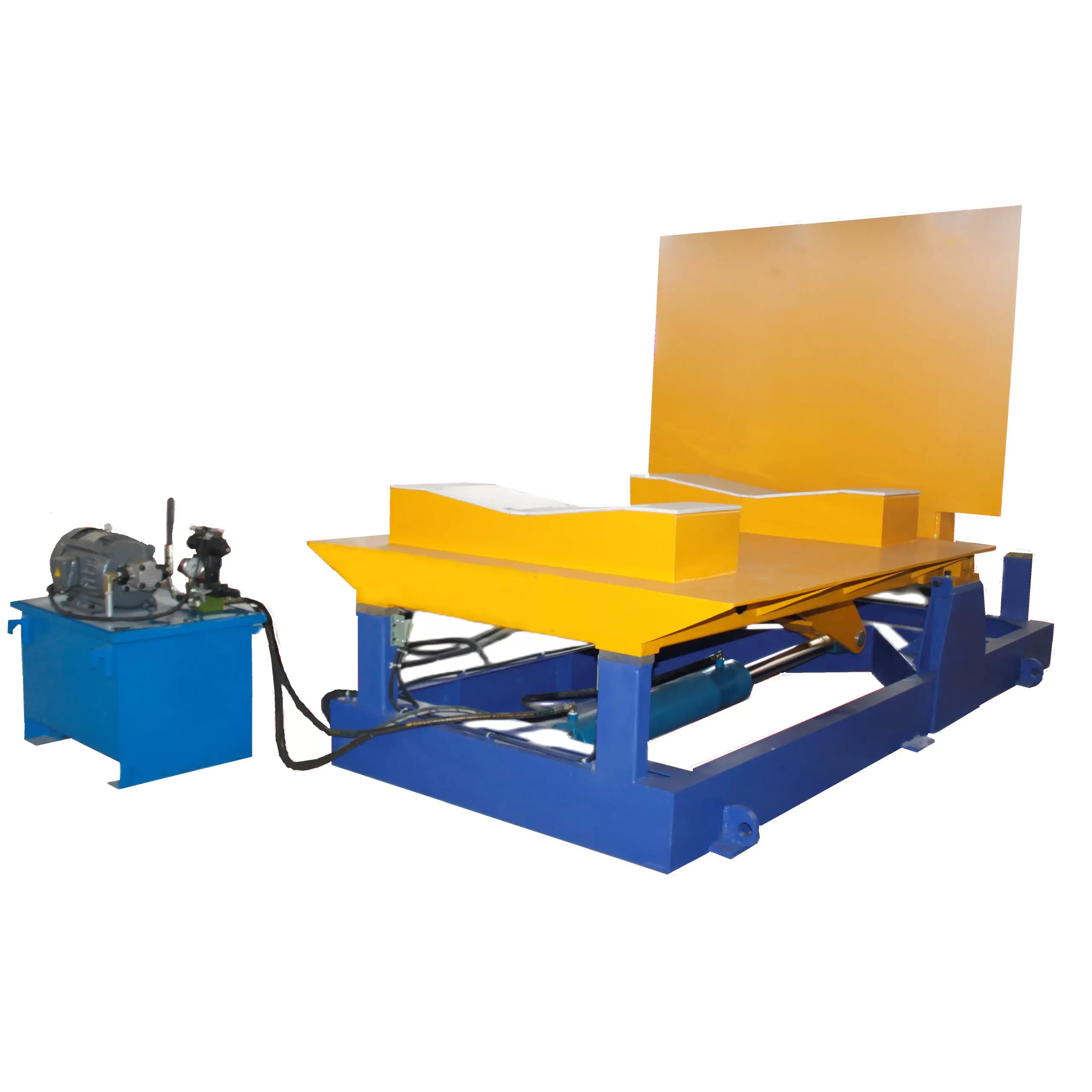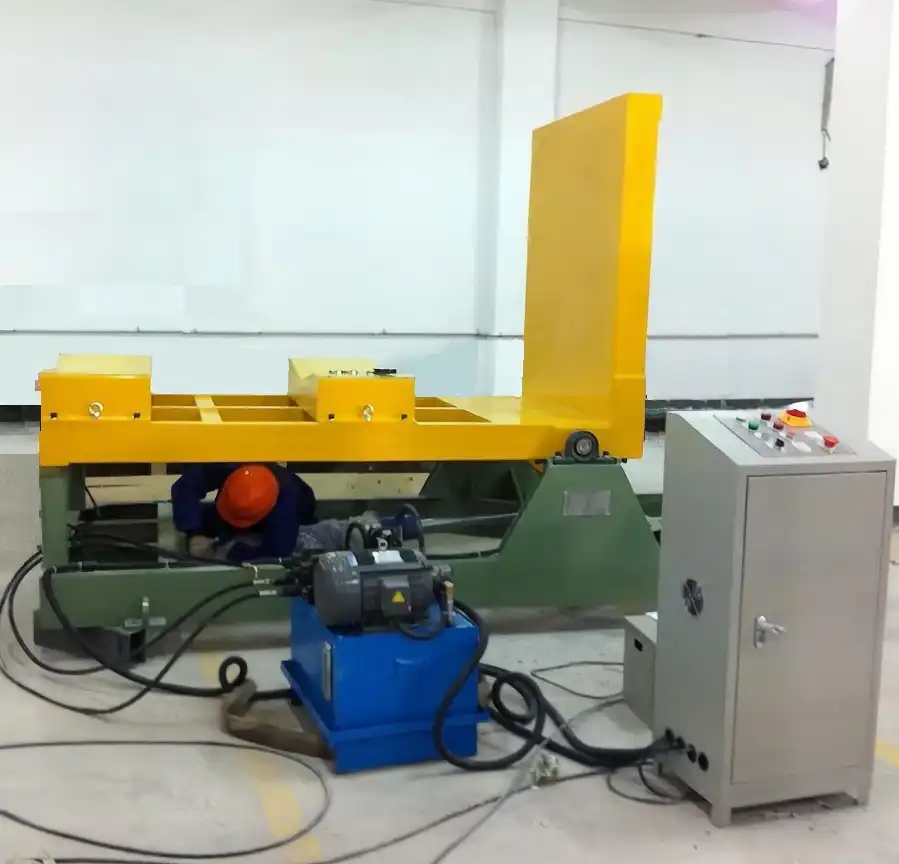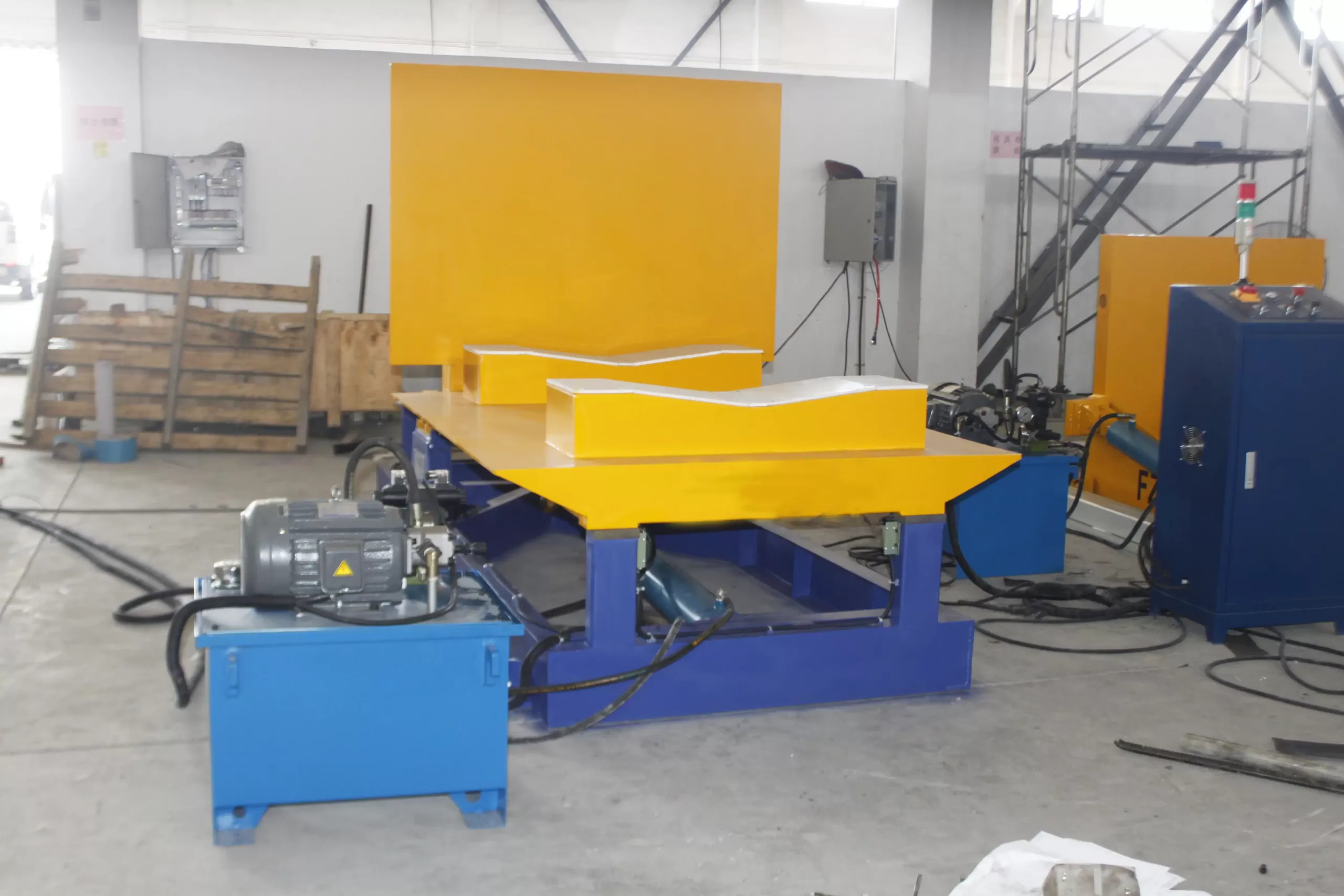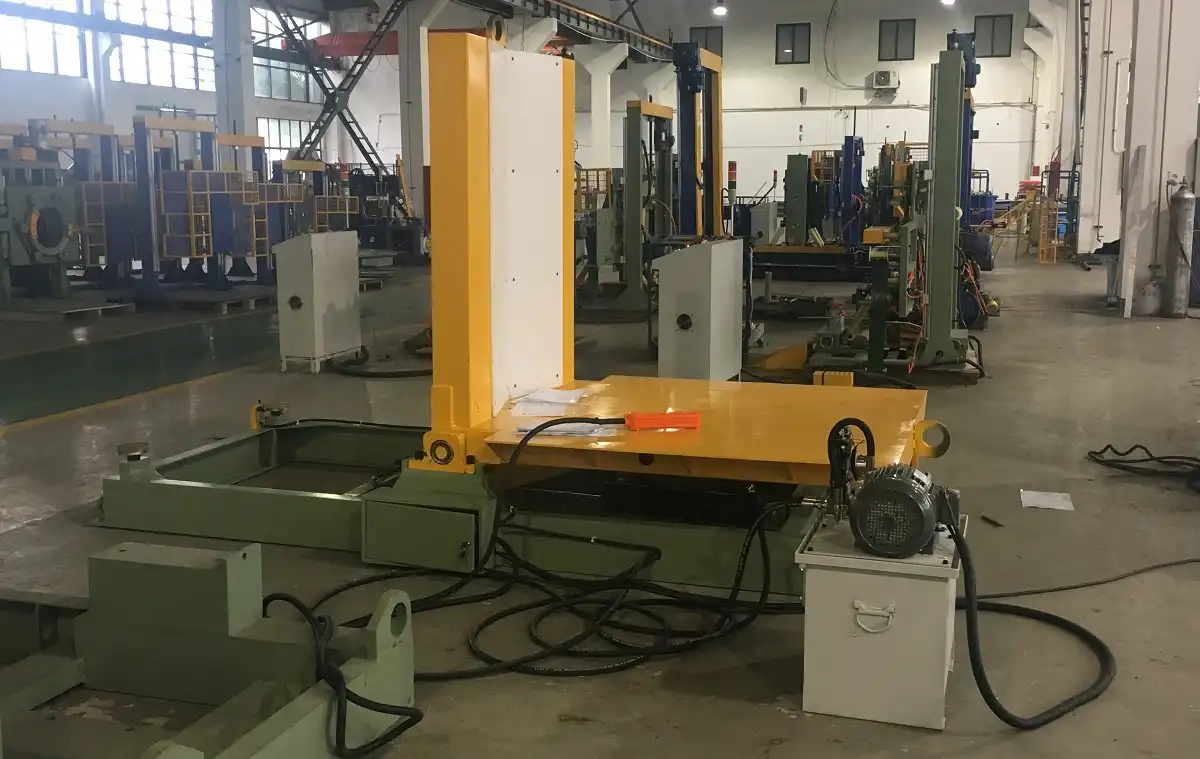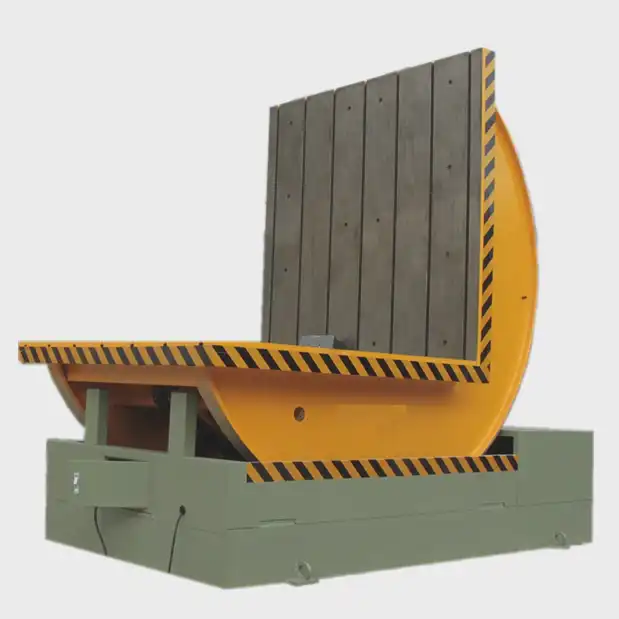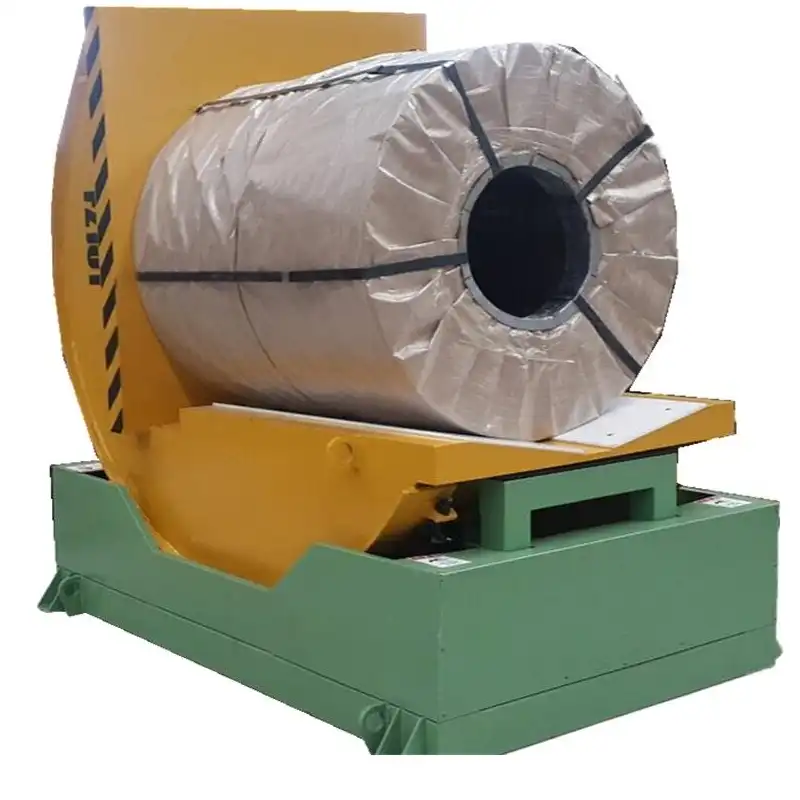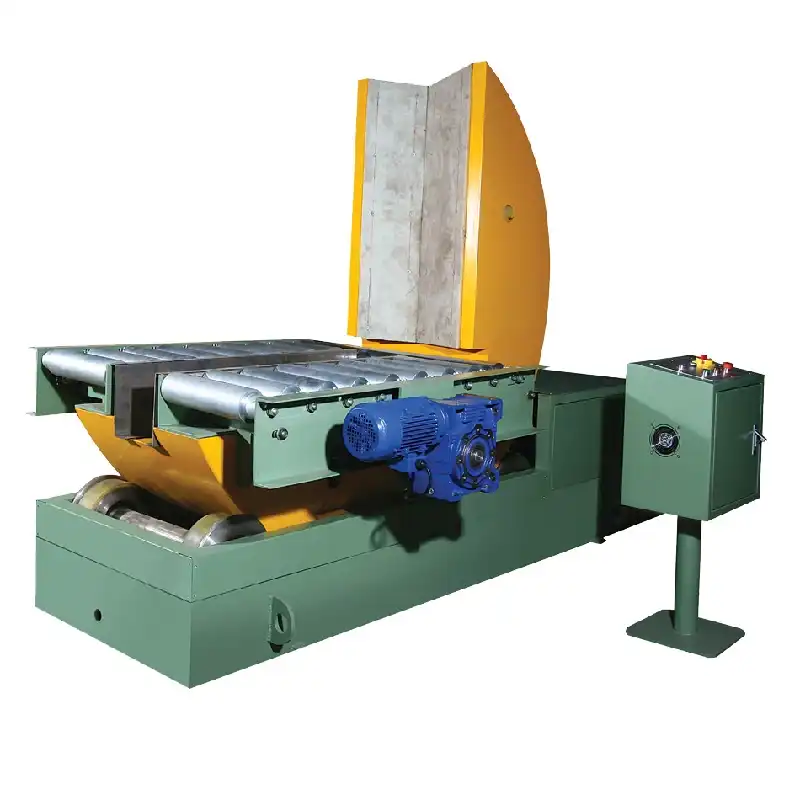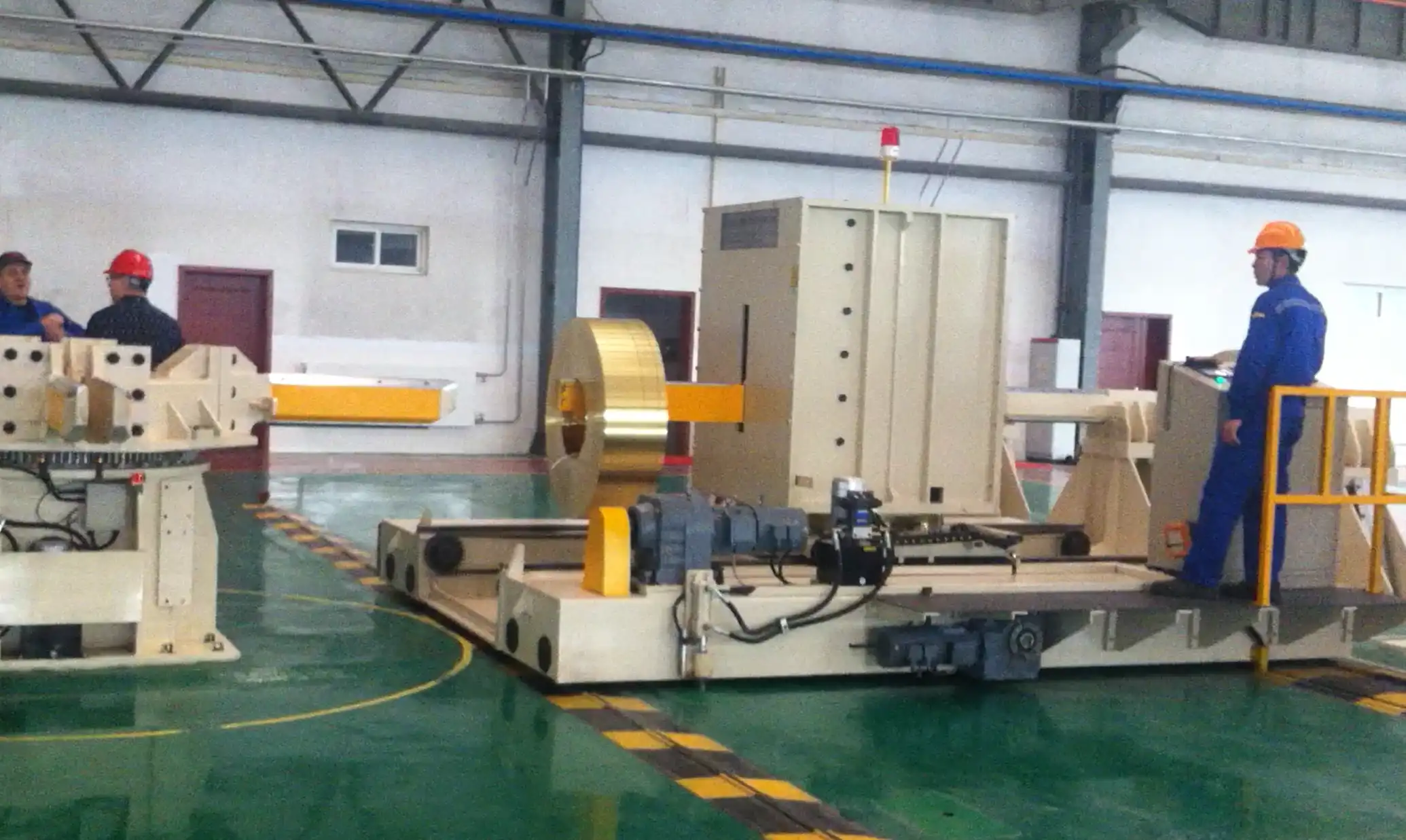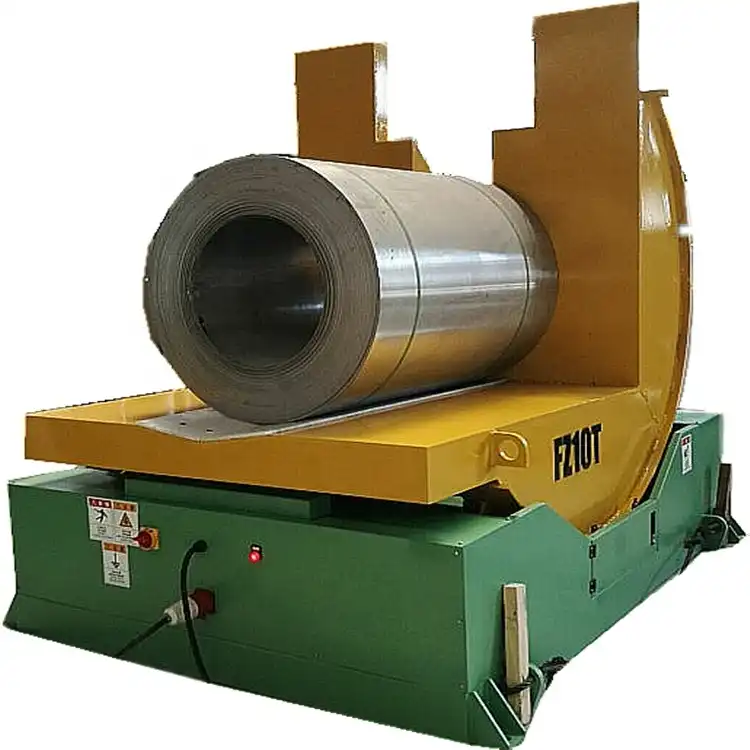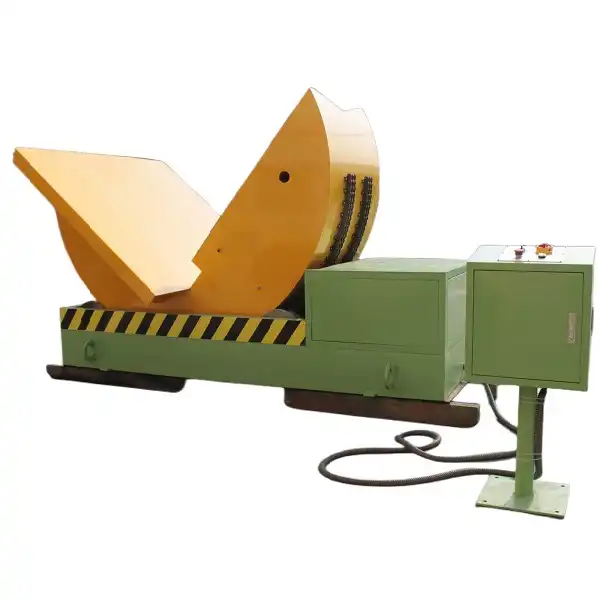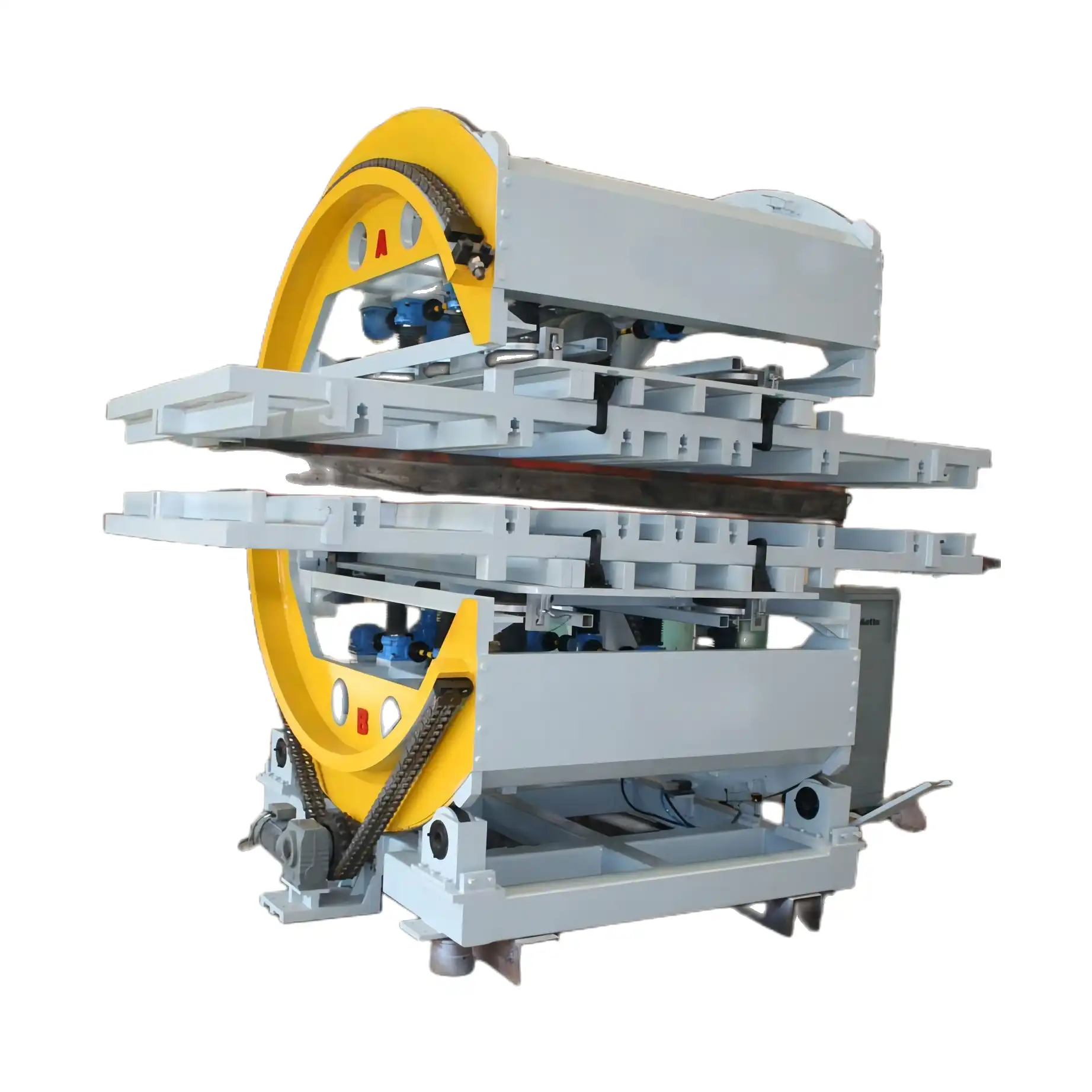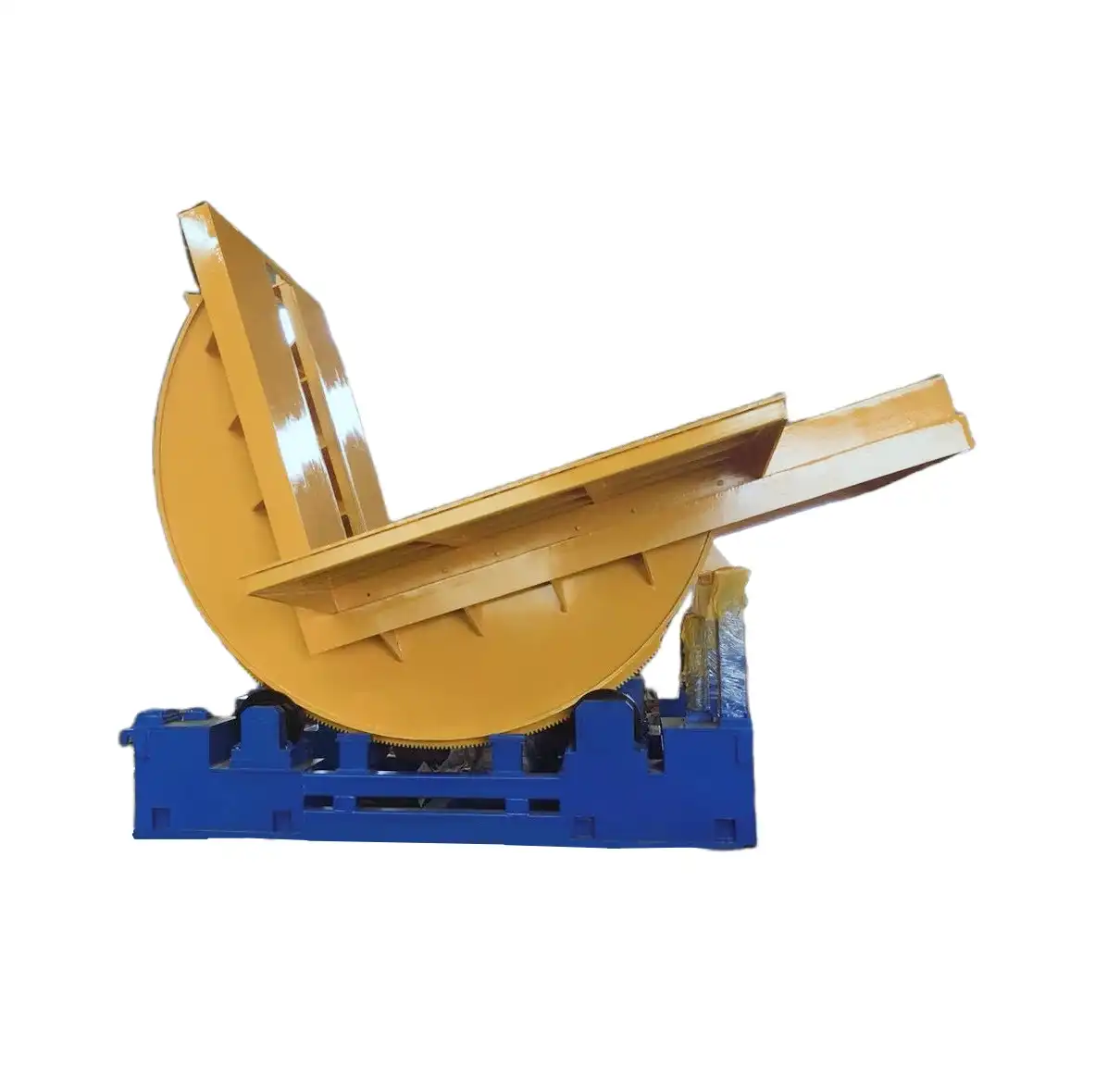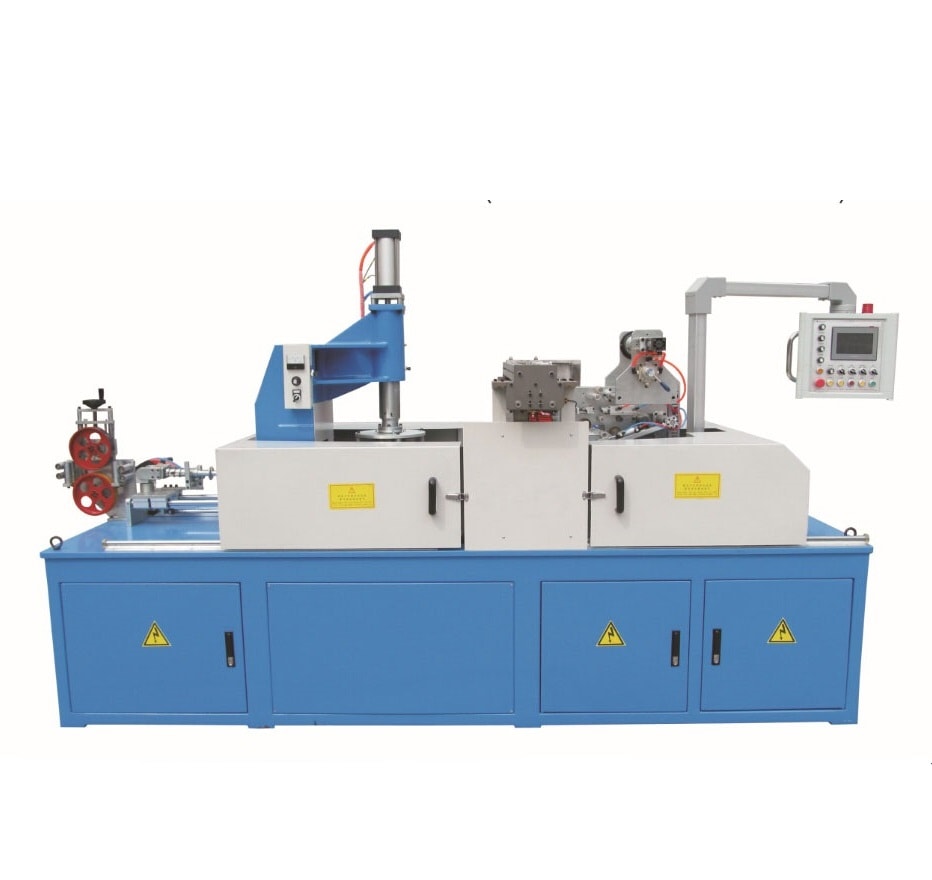Maintenance Requirements for Coil Upenders: What You Need to Know
Coil upenders play a critical role in industries that handle large, heavy coils of metal, plastic, or other materials. These machines ensure safe, efficient turning and positioning of coils for further processing or transport. Like any industrial equipment, coil upenders require regular maintenance to ensure they operate safely and efficiently. In this guide, we’ll take a detailed look at the maintenance requirements for coil upenders, covering everything you need to know to keep your equipment in top shape.
1. Why Maintenance is Essential for Coil Upenders
Proper maintenance is crucial for the longevity and reliability of any industrial machinery, and coil upenders are no exception. Over time, wear and tear from continuous operation can lead to issues such as reduced efficiency, increased downtime, and even safety risks. Regular maintenance helps prevent unexpected breakdowns, ensures smooth operation, and can extend the life of the equipment.
In addition, proactive maintenance helps reduce the risk of accidents. Coil upenders handle heavy loads, and if they malfunction, it can result in serious injuries or damage to materials. By adhering to a strict maintenance schedule, you can avoid these risks and ensure your operations run smoothly.
2. Key Components of Coil Upenders That Need Regular Inspection
Coil upenders consist of several critical components, each of which requires regular attention to ensure optimal performance. These components include:
-
Hydraulic Systems: The hydraulic system powers the tilting and rotating actions of the coil upender. Any leaks or pressure issues can compromise the machine's performance. Regular inspection of hydraulic hoses, valves, and pumps is essential to identify and address potential issues early.
-
Bearings and Shafts: These components enable smooth rotation and movement of the coil. Over time, bearings may wear out or become damaged due to the heavy loads they support. Lubricating bearings regularly and checking for signs of wear can help prevent costly breakdowns.
-
Electrical Systems: Coil upenders rely on electrical systems for control and automation. Loose wires, worn-out connectors, or faulty sensors can cause operational issues. Routine checks of the electrical panel and wiring should be a key part of your maintenance routine.
-
Control Systems: The control panel is the brain of the machine, guiding its movements and ensuring accuracy. Any faults or glitches can cause serious operational errors, so it's vital to regularly update and maintain the software and hardware.
3. Daily Maintenance Tasks
Daily maintenance involves quick visual checks and basic upkeep to ensure the coil upender operates smoothly each day. These tasks should be performed at the beginning or end of every shift, depending on your operational schedule. Key daily tasks include:
-
Checking for leaks: Inspect the hydraulic system for any signs of fluid leakage.
-
Visual inspection of moving parts: Look for wear on bearings, shafts, and gears.
-
Cleaning: Remove any dust, debris, or grease buildup from the machine to prevent interference with its operations.
-
Checking safety features: Ensure that emergency stop buttons and other safety features are functioning correctly.
These tasks can be completed quickly but play an essential role in preventing larger issues from developing.
4. Weekly Maintenance Tasks
In addition to daily checks, there are more in-depth maintenance tasks that should be completed on a weekly basis. These typically involve a deeper inspection of the machine's core components. Weekly tasks include:
-
Lubricating bearings and joints: Proper lubrication ensures smooth operation and reduces wear.
-
Tightening bolts and screws: Over time, the constant vibration and movement of the machine can cause parts to loosen. Tightening these regularly can prevent misalignment or malfunction.
-
Testing the control system: Ensure the electrical control system is responding correctly and that there are no faults in the programming.
-
Checking hydraulic fluid levels: Low hydraulic fluid can cause performance issues, so it’s important to keep the levels in check.
Performing these tasks weekly ensures that minor issues are caught early and do not escalate into costly repairs or downtime.
5. Monthly and Quarterly Maintenance
While daily and weekly tasks focus on preventing immediate issues, monthly and quarterly maintenance helps ensure the long-term health of your coil upender. These tasks involve a more thorough inspection and sometimes the replacement of parts that are subject to wear and tear. Monthly and quarterly tasks include:
-
Hydraulic system inspection: This includes checking for leaks, testing hydraulic pressure, and changing the hydraulic fluid if necessary.
-
Inspecting and replacing filters: Dust and debris can clog the filters over time, reducing the efficiency of the hydraulic and electrical systems. Replacing these filters periodically keeps the system running smoothly.
-
Calibration of sensors: Ensuring that the control systems and sensors are properly calibrated is essential for maintaining accuracy in operations.
-
Replacing worn-out parts: Over time, even with regular maintenance, certain parts such as seals, bearings, and hoses will need replacement. Scheduling these replacements can prevent unexpected failures during operation.
6. Long-Term Maintenance and Overhaul
Every few years, a more comprehensive overhaul of your coil upender may be necessary. This is especially important for machines that operate in demanding environments or that handle heavy loads regularly. Long-term maintenance includes:
-
Complete disassembly and inspection: Taking the machine apart allows you to inspect every component for wear, damage, or fatigue.
-
Replacement of major components: Depending on the level of wear and the machine's age, larger components like motors, hydraulic pumps, or control panels may need to be replaced.
-
Software updates: If your coil upender uses modern control systems, keeping the software up to date is critical for both functionality and security.
These more intensive maintenance activities ensure that your machine continues to operate efficiently even after years of use.
7. Common Maintenance Mistakes to Avoid
Even with the best intentions, mistakes during maintenance can lead to increased downtime or damage to the machine. Some common mistakes include:
-
Skipping regular lubrication: Failing to keep bearings and joints properly lubricated can lead to increased friction and wear.
-
Ignoring minor issues: Small issues, such as leaks or loose bolts, can quickly turn into larger, more expensive problems if left unchecked.
-
Using incorrect replacement parts: Always ensure that the parts you use for maintenance or replacement are compatible with your coil upender model. Using substandard parts can lead to further issues down the line.
-
Overlooking electrical issues: It’s easy to focus on mechanical components and neglect the electrical systems. However, regular checks of wiring and sensors are just as important as keeping the hydraulics in shape.
8. Working with a Professional Maintenance Team
While some maintenance tasks can be handled in-house, working with a professional maintenance team can bring additional peace of mind. Professionals have the tools, experience, and knowledge to identify and fix issues that might not be visible to the untrained eye. A maintenance team can also help you establish a more robust, long-term maintenance plan, ensuring that your coil upender continues to operate at peak performance.
Many manufacturers also offer maintenance contracts, providing routine service visits to keep the machine running efficiently and reduce the risk of downtime.
Conclusion
Proper maintenance of coil upenders is essential for ensuring smooth, efficient, and safe operation. From daily inspections to long-term overhauls, staying on top of maintenance helps prevent costly repairs, reduce downtime, and extend the life of your machine. By following a structured maintenance schedule and working with professionals when necessary, you can keep your coil upender running smoothly for years to come.
Regular maintenance is not only about preventing breakdowns but also about ensuring the safety of your team and the quality of your operations. Don’t overlook the importance of proper upkeep—your business depends on it!
